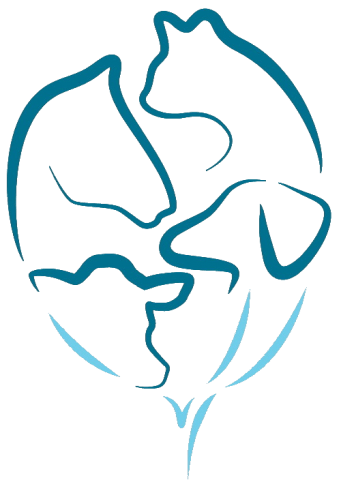Get access to all handy features included in the IVIS website
- Get unlimited access to books, proceedings and journals.
- Get access to a global catalogue of meetings, on-site and online courses, webinars and educational videos.
- Bookmark your favorite articles in My Library for future reading.
- Save future meetings and courses in My Calendar and My e-Learning.
- Ask authors questions and read what others have to say.
Lesion Localization
S.R. Platt
Get access to all handy features included in the IVIS website
- Get unlimited access to books, proceedings and journals.
- Get access to a global catalogue of meetings, on-site and online courses, webinars and educational videos.
- Bookmark your favorite articles in My Library for future reading.
- Save future meetings and courses in My Calendar and My e-Learning.
- Ask authors questions and read what others have to say.
Read
The nervous system plays a role in nearly all body processes. Disease syndromes may affect the central nervous system (CNS), which includes the brain and spinal cord, and the peripheral nervous system, which includes cranial nerves, spinal cord nerve roots, spinal nerves, peripheral nerve branches, and the neuromuscular junction.
Suspicion of neurological dysfunction arises from the history and physical examination. The signalment, presenting chief complaint, time course of clinical signs, and history may suggest the type of disease process or species-specific disorder. A complete neurologic examination is necessary to localize the anatomic distribution, to determine the severity of the disease process, and to assess the prognosis for patient recovery.
A neurological examination is easily integrated into a routine physical examination. The objectives of the neurological examination are to confirm if there is a neurological abnormality and to specifically localize the abnormality within the nervous system. In conjunction with the history, signalment, presenting complaint and the physical examination, the neurological lesion localization is a piece of a jigsaw essential to creating a list of differential diagnoses for the disease. However, caution must be used as some manipulations necessary for the neurological examination could exacerbate problems such as spinal cord disease. […]
Get access to all handy features included in the IVIS website
- Get unlimited access to books, proceedings and journals.
- Get access to a global catalogue of meetings, on-site and online courses, webinars and educational videos.
- Bookmark your favorite articles in My Library for future reading.
- Save future meetings and courses in My Calendar and My e-Learning.
- Ask authors questions and read what others have to say.
About
Affiliation of the authors at the time of publication
College of Veterinary Medicine, University of Georgia, USA.
Copyright Statement
© All text and images in this publication are copyright protected and cannot be reproduced or copied in any way.Related Content
Readers also viewed these publications
No related publications found.


Comments (0)
Ask the author
0 comments